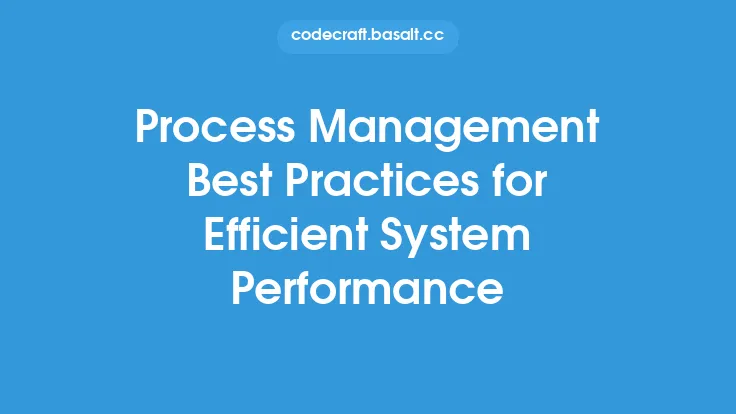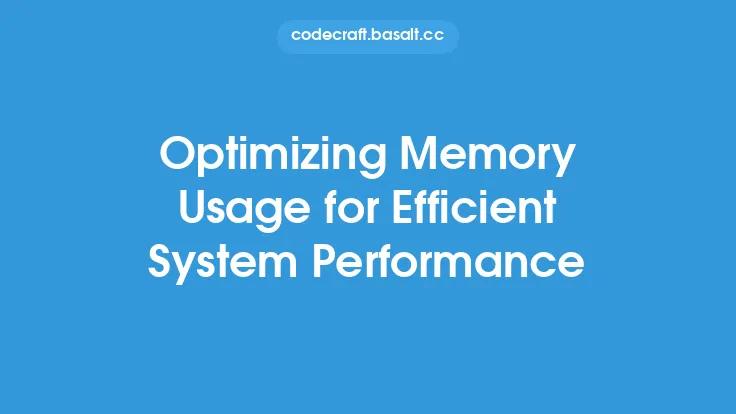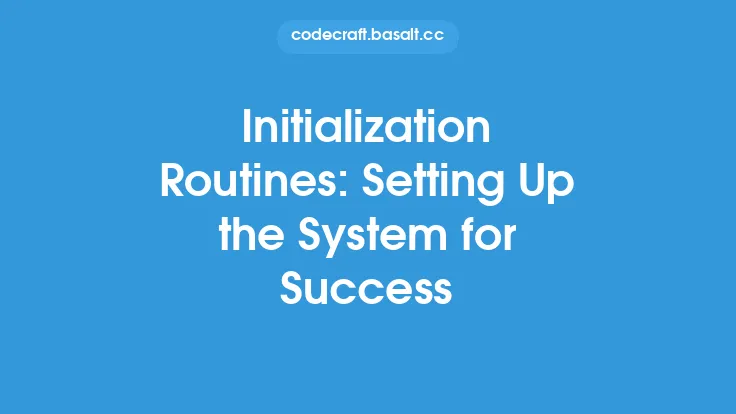Implementing a robust project performance measurement system is crucial for the success of any project. One such system that has gained widespread acceptance in the project management community is the Earned Value Management (EVM) system. EVM is a methodology that combines scope, schedule, and resource measurements to assess project performance and progress. In this article, we will delve into the details of implementing the EVM system for project performance measurement, exploring its benefits, components, and application in various project environments.
Introduction to Earned Value Management
Earned Value Management is a project management technique that integrates the measurement of project scope, schedule, and cost to assess project performance. It provides a comprehensive framework for project managers to track progress, identify variances, and make informed decisions to ensure project success. EVM is based on the principle that the value of work completed is a more accurate indicator of project progress than traditional measures such as percentage complete or milestones achieved.
Components of Earned Value Management
The EVM system consists of three primary components: Planned Value (PV), Earned Value (EV), and Actual Cost (AC). Planned Value represents the total budget allocated to the project, while Earned Value represents the value of work completed, and Actual Cost represents the actual expenses incurred. These components are used to calculate various metrics, including Cost Variance (CV), Schedule Variance (SV), and Cost Performance Index (CPI), which provide insights into project performance.
Calculating Earned Value Metrics
To calculate Earned Value metrics, project managers need to establish a performance measurement baseline, which includes the project scope, schedule, and budget. The Earned Value metrics are then calculated using the following formulas:
- Earned Value (EV) = % Complete x Budget at Completion (BAC)
- Planned Value (PV) = Budget at Completion (BAC) x Percentage of Project Duration Completed
- Actual Cost (AC) = Actual expenses incurred
- Cost Variance (CV) = EV - AC
- Schedule Variance (SV) = EV - PV
- Cost Performance Index (CPI) = EV / AC
- Schedule Performance Index (SPI) = EV / PV
Benefits of Earned Value Management
The implementation of EVM offers numerous benefits to project managers, including:
- Improved project visibility and transparency
- Enhanced ability to track project progress and identify variances
- Better decision-making through data-driven insights
- Increased stakeholder confidence and trust
- Improved resource allocation and utilization
- Enhanced project control and risk management
Implementing Earned Value Management in Project Environments
EVM can be applied to various project environments, including construction, software development, and engineering. To implement EVM effectively, project managers should:
- Establish a clear project scope, schedule, and budget
- Define measurable objectives and key performance indicators (KPIs)
- Develop a performance measurement baseline
- Track and report Earned Value metrics regularly
- Analyze variances and take corrective actions
- Continuously monitor and improve the EVM system
Challenges and Limitations of Earned Value Management
While EVM offers numerous benefits, it also presents several challenges and limitations, including:
- Complexity and difficulty in implementing and maintaining the system
- Requirement for accurate and timely data
- Difficulty in measuring intangible or soft benefits
- Limited applicability to small or simple projects
- Potential for data manipulation and gaming
Best Practices for Earned Value Management
To ensure the effective implementation of EVM, project managers should follow best practices, including:
- Establishing a clear and well-defined project scope and schedule
- Developing a comprehensive performance measurement baseline
- Tracking and reporting Earned Value metrics regularly
- Analyzing variances and taking corrective actions
- Continuously monitoring and improving the EVM system
- Providing training and support to project team members
- Ensuring stakeholder buy-in and engagement
Conclusion
In conclusion, Earned Value Management is a powerful project management technique that provides a comprehensive framework for measuring project performance and progress. By understanding the components, benefits, and application of EVM, project managers can make informed decisions, identify variances, and take corrective actions to ensure project success. While EVM presents several challenges and limitations, following best practices and continuously monitoring and improving the system can help project managers overcome these challenges and achieve project goals. As project management continues to evolve, the implementation of EVM will remain a crucial aspect of ensuring project success and delivering value to stakeholders.





